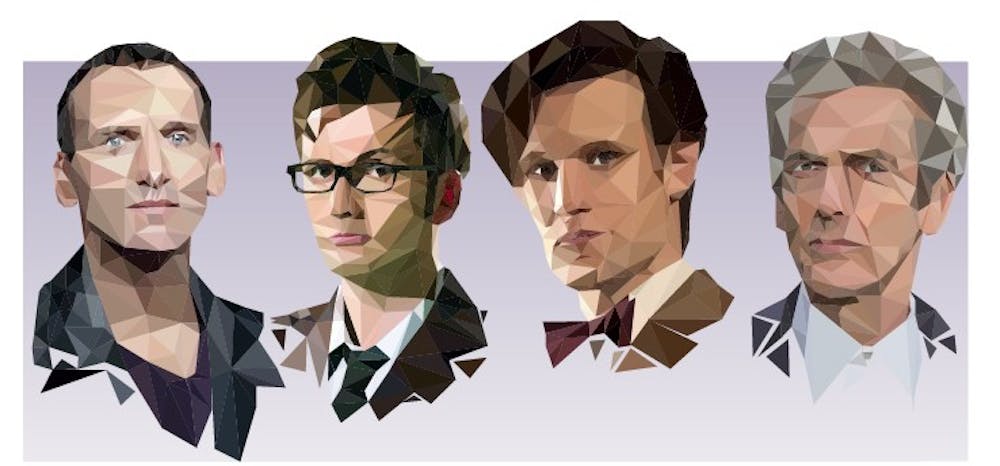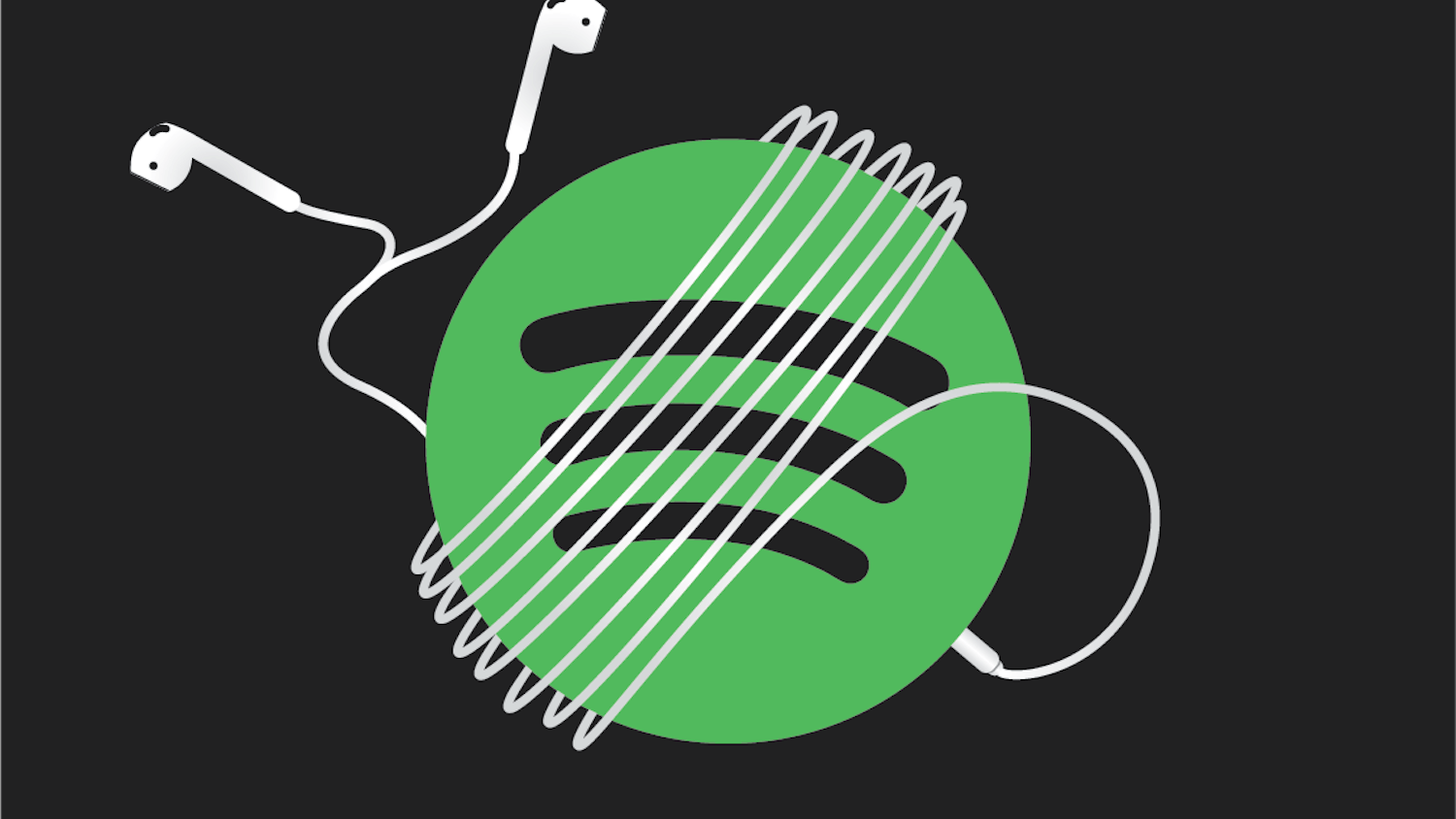It all began with a man in a ?blue box.
He was an alien like no one had ever seen: a frail old man, perhaps in his 60s, yet he claimed to be hundreds of years old. He carried a sonic screwdriver in his pocket, and his spaceship was a police box that could travel through time and space. He called himself the Doctor.
“Doctor Who” became a sci-fi legend when it premiered in 1963. William Hartnell started the legacy as the mysterious time traveler who regenerated into a completely different person.
The series ended in 1989 with the eighth regeneration of the Doctor, but it didn’t stay gone for long. In 2005, that blue box we love so much came spinning back to Earth when producer Russell T. Davies relaunched the series with Christopher Eccleston as the ?ninth Doctor.
Once again, we were off in space and exploring neighboring galaxies, learning the origins of the British royal family werewolf myth and watching the world end a thousand years from now.
Since 2005, we have seen four generations of the Doctor, each different from the other in attitude, behavior and mannerisms.
Eccleston’s Doctor was one tired of war, eager to keep peace and find love somewhere in the endless expanse of time and space. He was the beginning of one of the greatest “Doctor Who” romances with his companion, Rose Tyler, until the season finale called for a regeneration and David Tennant took the reigns.
The 10th Doctor was merciless, having too much to lose to risk second chances. He was also much lighter with a friendlier disposition that strengthened his bond ?with Rose.
Tennant was an enthusiastic Doctor, perfectly capturing the barely containable genius of the character through small bursts of frustration and a quick tongue. Tennant grew up as a “Doctor Who” fan, and his love for the show and character was obvious down to his final line, “I don’t want to go.” Trust me, David, we weren’t ready for you to go.
Matt Smith put some pep in the Doctor’s step in 2010 when he became the 11th regeneration of the Doctor. He was the youngest actor to play the role, and it showed. This Doctor was quirky and almost too energetic. Essentially, he was a highly intelligent puppy in a bow tie.
His story arc was arguably one of the most confusing as he worked to figure out his relationship with the mysterious River Song and then solve the case of his later companion, Clara Oswald.
In 2014, the clock struck 12 and Peter Capaldi assumed the role of the Doctor. Much is still to be seen of what Capaldi will make of his time as the Doctor. So far he has played the role as a delightfully sassy and somewhat bitter old man. We’ll see what more he has to offer when season nine premieres in the fall.
These last 10 years of the new Who have been a grand adventure. We’ve seen more complex relationships between the Doctor and his companions. He has fallen in love, built a family and lost it. We’ve seen him battle a myriad of enemies from the classic Daleks to Steven Moffat’s disturbing weeping angels.
But as the writers continue to build on the “Doctor Who” story, they have never forgotten where the Doctor comes from. They enjoy pulling out old Who references that spark nostalgia in those who were raised with the series from the 1960s to the 1980s.
“Doctor Who” has managed to continue surprising and building an audience for more than 50 years. It has nurtured generations of kids obsessed with screwdrivers, long striped scarves and bow ties.
The new Who will continue to draw in audiences years from now, and the references we laugh about now will become history in the endless timeline of “Doctor Who.” And that’s the beauty of the show, regardless of what generation you are watching.
“Doctor Who” has no expiration date.
There will always be time for the man in the blue box.




